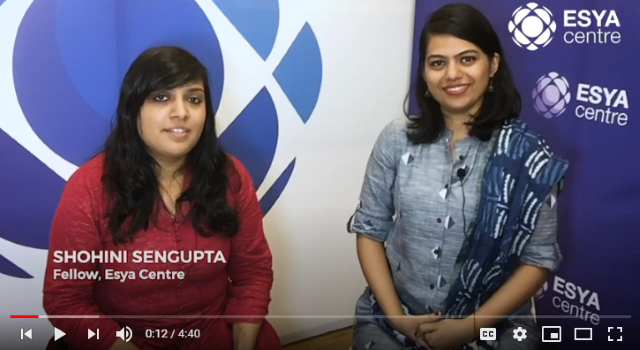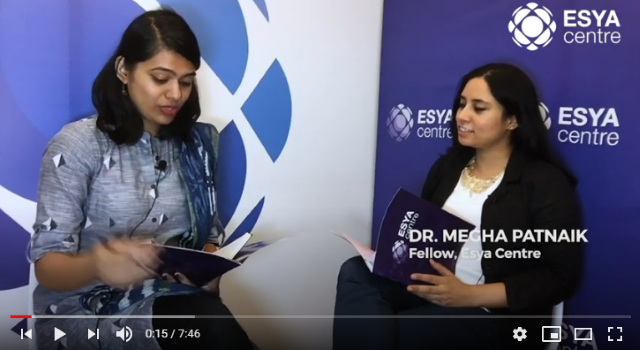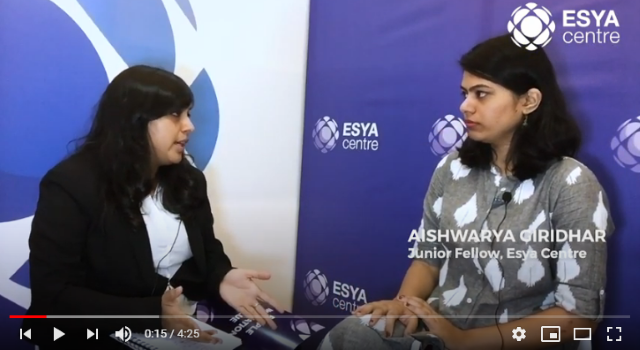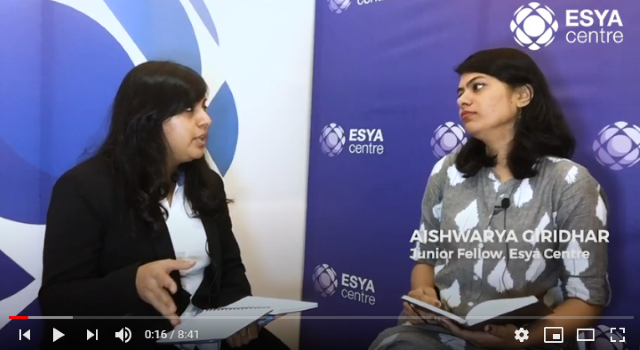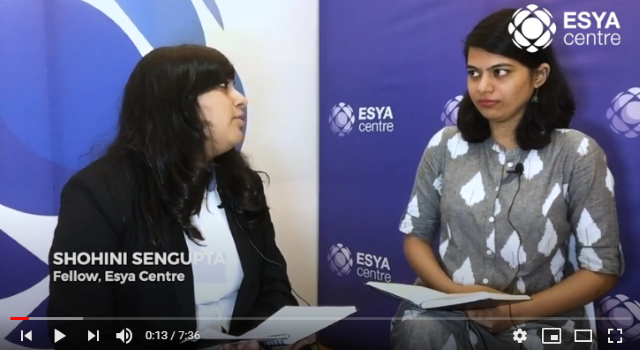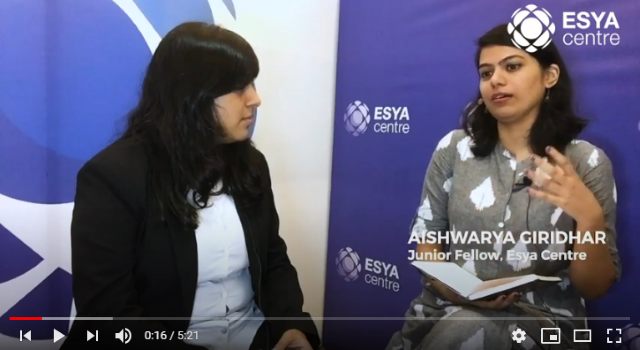The World Intellectual Property Organisation describes copyright (or author’s right) as the rights that creators have over their literary or artistic works. Works covered by copyright range from books, music, paintings, sculpture, and films to computer programmes, databases, advertisements, maps, and technical drawings. In the first report in the series, we explored the changing role of IP rights globally, shaped by advancements in the digital era. We discussed how copyright has been elevated from being an ‘economic vehicle’ to ‘a communications instrument relevant to cultural policy.’ And how, therefore, copyright laws influence free expression, shape innovations in the digital cultural space, govern information flows, regulate the production and exchange of digital cultural products, and shape social relations of communication. Copyright law gives control to authors and subsequent owners. Thus, writers, artists, musicians, performers, software programmers, publishers, students, researchers, librarians, teachers, readers, movie-goers, and music fans amongst others, exist in a web of cultural and economic relations subject to copyright law. Copyright impacts the information and communication markets as well as culture around the world, its infringement can be seen as both a moral and an economic violation. With the proliferation of the Internet and internet devices, infringement has become seamless and at scale. This report explores the contours of digital copyright piracy and how it affects all kinds of expressions of ideas.
Industry Growth and Piracy
The debate over piracy, and whether it promotes or harms cultural consumption, remains unsettled. The rise of the digital medium for consuming content has added to industry growth but has also aided digital piracy. For instance, online streaming has emerged as the biggest contributor to music consumption. In india, as of December 2018, the value of the audio ott market was USD 250 million, and music consumption per week stood at 21.5 Hours versus a global average of 17.8 Hours..
Using music as a proxy for the content industries would demonstrate the potential of the digital market. Piracy has affected other digital media as well. Illegal streaming reportedly accounted for:
The Indian Context
The Indian creative industry (largely comprising the media and entertainment industry) is poised to be worth USD 31 billion by 20209 and is expected to create 1.3 million jobs by 2022.10 Although the Indian Government has identified the audiovisual sector as a ‘champion services sector’, much remains to be done to protect and promote investment and innovation in India’s creative economy. The growth of an innovative content ecosystem depends on a clear understanding of the market, the legislative and enforcement framework, and piracy’s technological underpinnings.
The first critical step is identifying why piracy takes place, and what makes India a particularly challenging market in this regard. A recent meta-study of the existing literature found that a predisposition towards digital piracy is influenced by several aspects: personality factors (self-control), personal or psychological factors (neutralisation techniques, attitudes and beliefs), and social and cultural factors (social learning, collectivistic/ individualistic factors). Other determinants included legislation, and efforts by industry, the judiciary, and policymakers to curb digital piracy.
The drivers of digital piracy in India specifically remain unaddressed in recent academic literature. There is no recent and reliable data on the total size or scope of the cultural economy in India, nor the scale and nature of copyright infringement. For instance, while WIPO has calculated the revenue, employment and net exports generated by the creative industries in a number of countries, such a study is yet to be conducted for India.
India presents a number of challenges in combating online piracy for multiple reasons: lack of uniform enforcement mechanisms, the fragmentation of supply chains in cultural industries, emerging business models, the rapid development of the OTT space requiring increased technological investments in media encryption and piracy monitoring, an overburdened judicial system lacking in specialised IP courts, and the absence of a widespread understanding of copyright, among other factors. Content owners thus need to additionally invest in media encryption and piracy monitoring services. Local industry continues to be dominated by promoters and family owned companies, therefore, governance structures tend to be informal, making industry organisation and policy advocacy more difficult.
Centralised and uniform enforcement strategies are difficult to implement in India. ‘Law and order’ is a state subject under the Seventh Schedule to the Constitution, so enforcement initiatives that rely on the police are organised at the state level rather than through any centralised agency with national jurisdiction, making it difficult for enforcement strategies to be implemented uniformly throughout.
In conversations with industry experts we discovered some unconventional factors (beyond pricing and availability) that shape the piracy industry in India. For instance, the factor of time or the ‘windowing’ period is critical to controlling piracy. The less time it takes for a theatrical release to find its way to a legal, more accessible digital medium like OTT, the less users’ predisposition to consume pirated content. In this context, a recent report mentioned that due to the threat of digital piracy across and between windows has prompted many TV copyright owners to shorten delays between releases to different segments of the market. In certain cases where there is a high risk of widespread piracy (e.g. the Game of Thrones series), some content suppliers have moved to a day-and-date approach in which material is released simultaneously across differing outlets and platforms worldwide.
Indeed, the use of OTT platforms has emerged as a strong anti-piracy measure, and with local and international content now available at lower prices on various OTT services, the piracy market in India is bound to undergo certain changes, given the variety of content (international and regional) offered by several legal online content platforms at affordable price points.
Method
This report combines desk-based analysis with semistructured interviews and discussions with practitioners and academic experts. It focuses primarily on the media and entertainment industries, given the availability of previously conducted research and data. It is also rooted in current and future trends, a review of global literature, and specific case studies. In its working paper format, the report was valuably informed by a focus group discussion among experts.
Attribution: Dr. Megha Patnaik, Shohini Sengupta and Aishwarya Giridhar. “Trends in Copyright Infringement and Enforcement in India,” Report No. 002, December 2019, Esya Centre.
Associated Videos:
